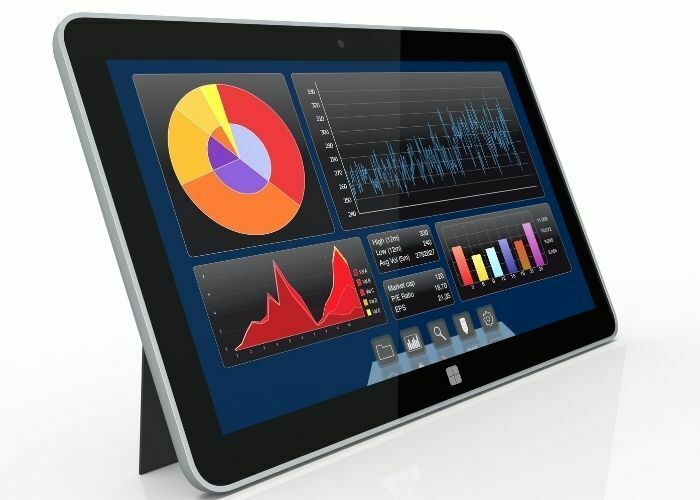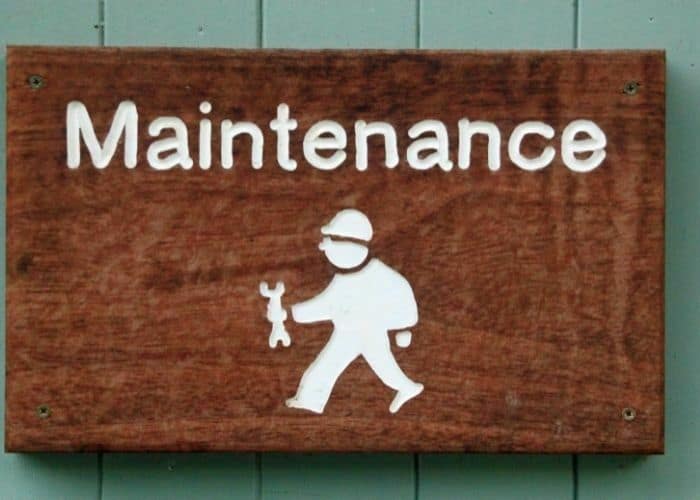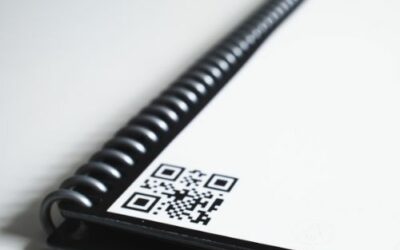Your fixed asset register is where you can truly harness the power of your asset tracking efforts. Here, you can access the most up-to-date information about the items your business owns, great or small. More than this, you can manage what you have and make intelligent choices based on the information you find there.
However, there is such a thing as a partial implementation of a fixed asset register. Not having the right information, notifications or even enough of your assets included, will vastly limit the value of your register.
Not using asset tracking software to track your fixed assets yet? This is a great place to get a clearer picture of what kind of functionality, control and insight is available to you.

What are Fixed Assets?
Generally speaking, a fixed asset is an item of company property that is expected to last more than 12 months. It’s as simple as that. Commonly, fixed assets fall under the category of property, plant and equipment (PP&E) on the balance sheet!
Conversely, current assets are items that are going to be consumed or converted to cash within a year. So the only defining characteristic of a fixed asset, is how long you plan to own it!
What is a Fixed Asset Register?
A fully-fledged fixed asset register is a database that holds all information about the fixed assets in your business. This database is generally accessible via a bespoke asset management software using an easy to use user interface.
Of course, in the past, companies often used spreadsheets for this sort of activity. Unless you are going to invest a lot of time and money in developing these sheets, you are not going to achieve anything like the capabilities of a true asset register. In fact, as a fully implemented register will be updated automatically using a network of tracking technologies (GPS, QR, RFID) to stay up-to-date, spreadsheets are now largely seen as not suitable as an asset register solution.
Essentially, your register will tell you what you have, where it is, who has it, where it’s going and the like. But really, that is the bare minimum information.
What Information You Can Add To Get The Most of Your Register
What Exactly is The Asset?
Ok, sure, this is somewhat stating the obvious. But there is more to think about here. If you are a large organisation with multiple departments, then knowing exactly what equipment each team has is useful! It would be possible to understand, for example, if a department is under or over-resourced!
The Exact Location of Each Asset
The application of this information changes depending on your industry. In fact, it changes from business to business, you will know best how you could use the knowledge of where all assets are at any given time. But, for inspiration, it would be possible to tell at a glance if an asset
Estimated Life Expectancy
Suppliers will generally be able to give you the life expectancy of an item. By entering this into your fixed asset register you can plan for costs and build them into your growth forecast strategy. Furthermore, you can hold suppliers to account if assets are not meeting expectations.
Procurement Details
This is vital data if you want to optimally manage your assets. Date of purchase and supplier are two key pieces of information that make it possible to understand the value of an asset. Your purchasing team will be grateful for this insight when it comes to negotiating on the price of new items or picking suppliers.
Depreciation Value
As most will be aware, a depreciation cost is the original value of an item with all the depreciated costs subtracted. The way you work out depreciation will depend on the asset itself and the depreciation method that you are using. A fixed asset register makes this process much simpler and will make annual accounts more accurate and compliant.
Insurance and Compliance Details
You will likely be using multiple policies to protect your business against breakdown, loss and theft. Or, if you are using one cover-all policy, it will have complex compliance rules when the time comes to make a claim. Add all of this key info to your fixed asset register and it will make claims more likely to be successful.
Warranty Information
Suppliers do not always make it easy to find warranty information or understand the terms of the warranty. Easily upload this information so that you can take full advantage of your supplier’s warranty, saving on repair and replacement costs.
Maintenance Schedule
We have seen how a fixed asset register can help you manage issues and depreciation. A maintenance schedule is all about preventing issues and lengthening the lifespan of an asset. Set up easy notifications that tell the relevant people when an asset is due a service or upgrade!

itemit: Maximise the Power of your Fixed Asset Register
Above everything else, the real way to get the most out of your fixed asset register is to have an asset tracking software that does the leg work for you. That’s where itemit comes in. itemit’s software solutions can be customised to suit the unique way that your business operates. Years of experience mean itemit understand how to set your asset management system up so that it supports an optimally implemented fixed asset register.
To find out more about how itemit’s fixed asset register software can help your business, you can contact the team at team@itemit.com. You can also fill in the form below to start your very own 14-day free trial.
Fixed Asset Register
Choose a better way to track your assets
Start your free 14-day trial now
Instant access. No credit card details required.
Related articles
5 Benefits Of Fixed Asset Management
What are the benefits of fixed asset management? Can using a fixed asset register make all the difference to your business? Read this post to find out!
The Best Way To Utilise Asset Management For Small Businesses
What is the best way to utilise fixed asset register management for a small business? Read our latest post now to find out!
Why You Should Manage Your Assets with QR codes
QR codes may be small in size but can be incredibly transformative to your operations. Discover why you should consider QR codes for your asset management.




